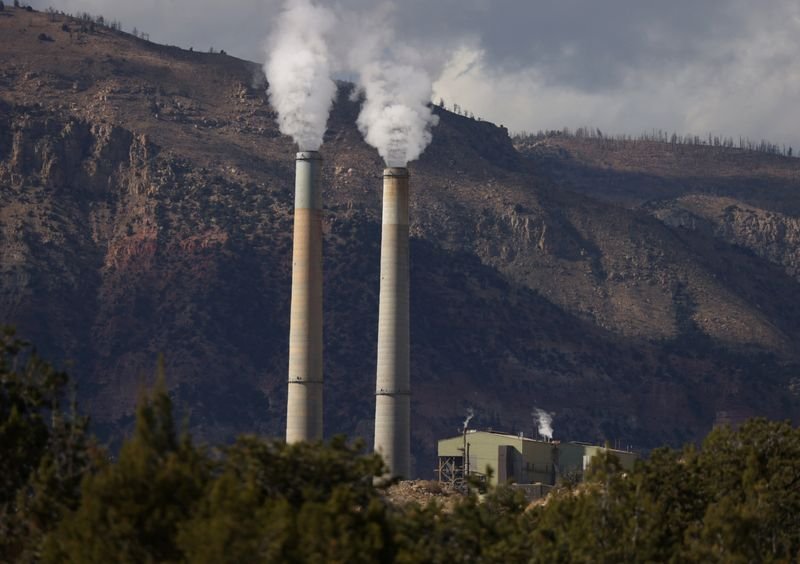US Environmental Protection Agency Aims to Lift Greenhouse Gas Restrictions for Power Plants
Recent discussions have emerged regarding the actions of the US Environmental Protection Agency (EPA) in potentially revising regulations on greenhouse gas emissions from power plants. According to recent reports, the EPA is considering eliminating certain limits on these emissions, which could significantly impact environmental policies and climate change initiatives.
Background on Power Plant Emissions
Power plants play a crucial role in the United States energy landscape, generating electricity that fuels homes and businesses. However, these facilities are substantial contributors to greenhouse gas emissions, particularly carbon dioxide (CO2). The regulations intended to restrict these emissions have been designed to address the ongoing challenges of climate change and to promote cleaner energy sources.
The implications of lifting these restrictions could have far-reaching effects on air quality and public health. Emissions from power plants not only contribute to global warming but also affect local ecosystems and human respiratory health.
Impacts of Potential Regulation Changes
One of the main concerns regarding the EPA’s possible removal of greenhouse gas limits is its potential reversal of progress made in reducing overall emissions. The current regulatory framework has pushed power plants to adopt cleaner technologies and practices. Eliminating these limits may encourage a return to older, more polluting methods of electricity production.
The timing of this consideration is critical. The world faces increasing pressure to combat climate change, with rising global temperatures and extreme weather events becoming more frequent. Critics argue that easing these restrictions could hinder the United States’ efforts to meet international climate goals.
Stakeholder Reactions
Responses to the EPA’s proposal are varied. Environmental groups have expressed outrage, emphasizing that the science behind climate change supports maintaining and strengthening greenhouse gas regulations. They argue that rolling back these protections could jeopardize both environmental health and public safety.
On the other side, some industry representatives and political figures advocate for flexible regulations, arguing that excessive government oversight could stifle economic growth and innovation. They contend that businesses need the freedom to operate without stringent limitations, which they believe can hinder job creation and technological advancement.
Current Regulatory Landscape
The existing regulations governing power plant emissions emerged from years of environmental advocacy and legislative efforts. These rules are intended to promote the transition to renewable energy sources, such as wind and solar, which produce little to no greenhouse gas emissions. The potential rollback of these rules raises questions about the future direction of energy production in the United States.
While some states have adopted aggressive measures to encourage cleaner energy and reduce emissions, a federal rollback could undermine these state-level initiatives. States that have strategies in place to limit greenhouse gases may find it challenging to maintain progress without federal support.
Looking Ahead
As discussions around these potential changes continue, attention will likely focus on the implications for future energy policies and climate action in the US. Policymakers and industry leaders are urged to weigh the economic benefits of regulatory flexibility against the imperative to protect the environment.
The trajectory of greenhouse gas regulation remains uncertain, and stakeholders across the spectrum will be monitoring developments closely. The decisions made in the coming months could chart a course for how the nation addresses the pressing challenge of climate change and its related issues.
In conclusion, the discussion surrounding the EPA’s potential changes to greenhouse gas regulations for power plants reflects a broader conversation about the balance between environmental protections and economic growth. As the situation unfolds, the impact on future energy policies and climate initiatives will become clearer, influencing nationwide efforts toward sustainable energy solutions.
